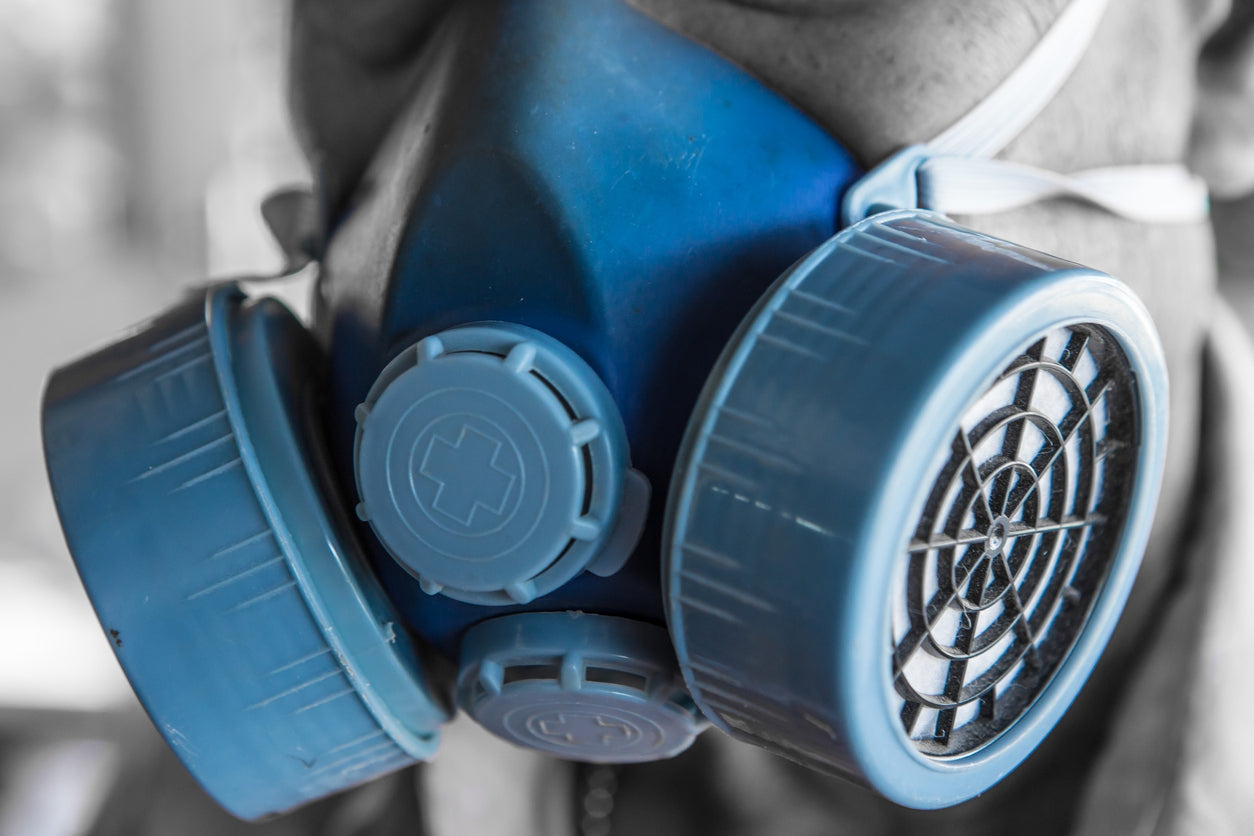In today's world, where safety is paramount, respiratory protection is a critical concern. Whether you work in healthcare, manufacturing, agriculture, or emergency response, being exposed to airborne contaminants is a real risk. That's where Powered Air Purifying Respirators (PAPRs) step in. In this comprehensive guide, we'll dive deep into the world of PAPRs, exploring their inner workings, components, advantages, maintenance, and how they stack up against other respiratory protection methods.
Understanding the Need for Respiratory Protection
Before delving into the specifics of PAPRs, it's crucial to grasp the importance of respiratory protection. In many industries, workers face the constant threat of inhaling harmful particulates, gases, or vapors. Without adequate protection, these hazards can lead to severe health issues. This is where PAPRs become indispensable.
How PAPRs Work
Air Filtration: Keeping the Bad Stuff Out
At the heart of every PAPR is its filtration system. These devices are designed to filter out particles, gases, and vapors from the surrounding air. Understanding the mechanisms of filtration and the relationship between particle size and filtration efficiency is fundamental to appreciating how PAPRs work effectively.
Battery-Powered Blower: Your Air Supply Engine
A PAPR's battery-powered blower is the engine that ensures a continuous supply of clean, filtered air to the wearer. We'll explore the role of the blower in maintaining a positive pressure within the facepiece and how it prevents the ingress of contaminants.
Headgear and Facepiece: Comfort Meets Protection
The headgear and facepiece are the components that directly interact with the wearer. We'll discuss why a comfortable fit is crucial and the various types of facepieces available to cater to different needs and preferences.
Filters and Cartridges: Choosing Your Defense
PAPRs come with a variety of filters and cartridges, each designed for specific applications. We'll break down the differences between particulate filters and gas/vapor filters, and provide guidance on selecting the right filter for your work environment.
Components of a PAPR System
Blower Unit: The Power Behind Clean Air
Explore the different types of blowers used in PAPRs and how they impact battery life and overall system performance. We'll also discuss power sources and their implications for mobility and usability.
Facepiece Options: Full Facepiece vs. Half Mask
Choosing the right facepiece is crucial for comfort and safety. We'll delve into the differences between full facepieces and half masks and discuss considerations for eye and face protection.
Filters and Cartridges: Your First Line of Defense
Learn about the importance of regular filter changes, filter compatibility, and how to schedule replacements. Your PAPR is only as effective as its filters.
Headgear: Comfort Matters
We'll explore the suspension systems used in PAPR headgear and discuss compatibility with other personal protective equipment (PPE) to ensure maximum comfort and protection.
Advantages of Using PAPRs
Powered Air Purifying Respirators offer numerous advantages, including enhanced protection, improved wearer comfort, extended usability in long shifts, and a reduction in heat stress and fatigue. Discover how PAPRs outshine other respiratory protection options.
Maintenance and Care
Ensuring the longevity and effectiveness of your PAPR requires regular maintenance and care. From cleaning and disinfection to inspecting components and maintaining batteries, we'll provide a comprehensive maintenance guide.
Comparing PAPRs with Other Respiratory Protection Methods
N95 Respirators: The Basic Option
How do N95 respirators stack up against PAPRs? We'll compare filtering facepiece respirators with PAPRs and highlight the limitations of N95 respirators in certain environments.
Supplied Air Respirators (SARs): Controlled Protection
In controlled environments, Supplied Air Respirators (SARs) are contenders. We'll discuss the advantages and limitations of SARs compared to PAPRs.
Self-Contained Breathing Apparatus (SCBA): For Extreme Situations
In high-risk scenarios like firefighting and confined spaces, SCBAs are the go-to choice. We'll explore the differences between SCBAs and PAPRs and help you understand when to use each.
Industries That Rely on PAPRs
PAPRs find applications in a wide range of industries, including healthcare, pharmaceuticals, manufacturing, agriculture, and emergency response. We'll delve into how PAPRs are tailored to meet the unique challenges of each sector.
Choosing the Right PAPR for Your Needs
Selecting the right PAPR requires careful consideration of workplace hazards, fit testing, and user training. We'll provide guidance on how to make an informed decision and ensure regulatory compliance.
Conclusion
In conclusion, Powered Air Purifying Respirators are a vital tool in the fight against airborne hazards. Their advanced filtration systems, comfortable design, and versatility make them the go-to choice for industries where respiratory protection is paramount. By understanding their inner workings and maintenance requirements, you can ensure your safety and the safety of those around you.
Frequently Asked Questions (FAQs)
-
How often should I replace the filters in my PAPR?
- Filter replacement frequency depends on various factors, including the type of filter, the concentration of contaminants, and manufacturer recommendations. It's essential to follow the guidelines provided in the user manual and conduct regular inspections.
-
Can I use a PAPR if I have facial hair?
- While a PAPR provides a higher level of protection than some other respirators, a proper seal between the facepiece and the skin is still necessary. Excessive facial hair can interfere with this seal, so it's advisable to be clean-shaven for optimal protection.
-
What's the lifespan of a PAPR battery?
- The lifespan of a PAPR battery varies depending on usage and the type of battery. Typically, rechargeable batteries can last for several years, but it's essential to monitor battery health and follow manufacturer recommendations for replacement.
-
Are PAPRs suitable for use in hazardous chemical environments?
- PAPRs with the appropriate gas/vapor filters can provide protection against certain chemical hazards. However, it's crucial to select the right filters and ensure they are compatible with the specific chemicals present in the environment.
-
Do PAPRs require fit testing like N95 respirators?
- Fit testing is recommended for PAPRs to ensure a proper seal and optimal protection. The fit testing process may vary depending on the model and manufacturer, so it's essential to follow their guidelines for testing and user training.

